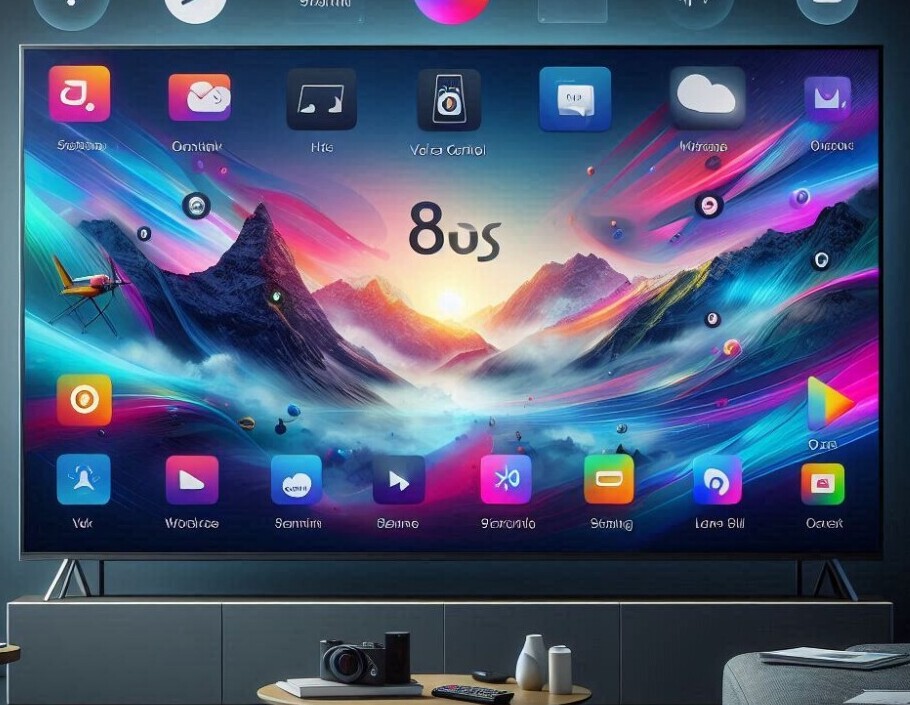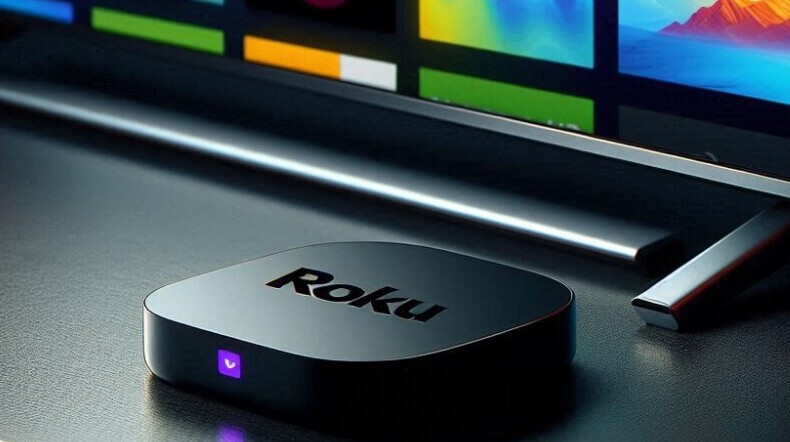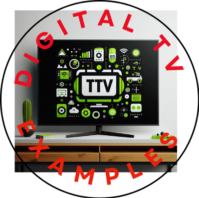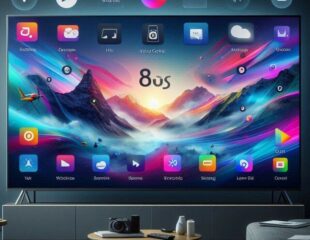 Smart TVs are the stars of modern home entertainment, combining traditional television with internet capabilities. Imagine having everything you love, from channels to apps, all on one sleek device. But what’s really under the hood of these devices? Let’s pull back the curtain.
Smart TVs are the stars of modern home entertainment, combining traditional television with internet capabilities. Imagine having everything you love, from channels to apps, all on one sleek device. But what’s really under the hood of these devices? Let’s pull back the curtain.
First, connectivity is a big factor. Most smart TVs come with Wi-Fi and Ethernet options to allow the TV to communicate with the internet. You’ll also find multiple HDMI and USB ports to connect to game consoles, soundbars, and more. It’s like giving your TV the gift of multitasking.
Built-in streaming apps are where the magic happens. No more fumbling with your phone or laptop — Netflix, Hulu, Spotify, and tons of other apps are ready to launch right from your TV. And let’s not forget the App Store, where you can download new apps as quickly as you can pop popcorn in your mouth.
These TVs are also getting smarter with voice control, thanks to compatibility with assistants like Alexa or Google Assistant. Tell your TV to play the latest episode of your favorite show—it’s like having a personal assistant that never sleeps.
Want to display photos from your phone on a big screen? Smart TVs often come with screen mirroring and casting features, making it easy to share content from your devices.
I should mention AI-powered content recommendations. It’s like your TV learns your viewing habits and shows you new shows and movies that you’re likely to enjoy. It’s like having your movie-loving friend next to you, suggesting what to watch next.
Exploring the Latest Innovations in Smart TV Technology
Smart TV technology is not only keeping up with the times, it’s also ahead of the curve. As TVs get more advanced, they’re integrating features that make your viewing experience sharper, faster, and smarter. Let’s take a look at what’s new and noteworthy in the world of smart TVs.
Picture quality has reached levels unmatched by 4K and even 8K. These resolutions produce images that are sharp enough to make you question reality. When you combine this with evolving technologies like HDR (High Dynamic Range), you get colors that are more striking than ever before.
Artificial intelligence is also being integrated into TV technology, customizing what you see based on your viewing history. This AI-powered interface makes you smarter by suggesting shows you’re likely to enjoy instantly.
Think smart home integration. With the Internet of Things (IoT), your TV can act as a control center, communicating with your lights, thermostat, and more. Need to dim the lights for movie night? Your TV can do it for you. For audiophiles, sound is no longer an afterthought. Smart TVs support Dolby Atmos and similar technologies, ensuring that the sound will have you jumping out of your seat in a good way. Immerse yourself in your living room filled with high-quality sound.
Gaming on TV has also taken a step further. Low input lag and support for the latest gaming specs mean smooth, lag-free gameplay. You don’t even need a console. Some TVs even let you stream games directly from the web, making for a whole new gaming experience.
User interfaces have also evolved, often mimicking the fluidity and convenience of smartphones. Faster browsing means less searching and more time enjoying content. It’s about making everything as seamless as flipping through your old TV guide, but with more options.
So these innovations aren’t just bells and whistles. They’re improving the way we interact with our TVs. Your TV isn’t just for watching anymore, it’s also an essential part of your digital life.
Maximizing the Potential: What Smart TVs are Perfect For
Smart TVs are like a Swiss army knife for home entertainment, combining everything you need in one device. Ideal for turning your living room into a multimedia hub where streaming isn’t an option. But it is really necessary.
Say goodbye to cable clutter with a streaming subscription stored right on your TV interface Services like Netflix, Amazon Prime and Disney+ are major players in this regard. It helps you choose exactly what you want to watch without getting stuck with traditional TV schedules.
But smart TVs aren’t just for binge-watching your favorite shows. But it also comes in modern communication with video calling features. Want to connect with family around the world? Open the app on your smart TV and enjoy face-to-face chat time on an even higher level.
Education is another area where smart TVs stand out. With access to many educational apps and platforms, everything from online courses to language learning tools is just a click away. Your TV can become a powerful tool for learning from your couch.
Social people don’t feel out of place either. With social media integration you can get the latest posts, tweets and TikToks while you wait for your pizza to finish baking.
And that’s a nice touch: Smart TVs are designed to be adaptable. The auto-update feature means that the TV will always be up to date with the latest software. This ensures that your TV is fresh and future-ready without you having to do anything. It’s like built-in tech support.
Whether you use your TV for entertainment learning platform or social tools Smart TVs offer a lot more than meets the eye. This means adapting to your lifestyle and collecting everything you love in one place.
Roku and the Smart TV Landscape: Do You Really Need It?
 As smart TVs become more popular, you may wonder if there’s still room for a device like Roku. Both have their advantages, but consider whether you really need this extra piece of equipment on your entertainment table.
As smart TVs become more popular, you may wonder if there’s still room for a device like Roku. Both have their advantages, but consider whether you really need this extra piece of equipment on your entertainment table.
Smart TVs often come with a built-in suite of apps and services, but even with their fancy menus, they can lack the variety compared to a streaming device like Roku. If you’re the type of person who likes to explore specific platforms, Roku may offer apps that your TV doesn’t.
Don’t forget about performance. Some older smart TVs can experience app loading lag or have a more cumbersome interface. This is where Roku really shines, offering faster and more responsive performance with its specialized hardware and software.
Cost is another factor. If your smart TV can stream your favorite shows and movies, you probably don’t need Roku to put on your shopping list. However, if you’re looking for a more affordable upgrade in terms of performance or variety, this is an option worth considering. User-friendliness is a hallmark of Roku, often praised for its simple interface, easy-to-use remote, and easy setup. If you’re a tech-savvy person or just want simplicity, Roku can take your streaming to the next level without stress.
Ultimately, whether or not you need Roku will depend on your viewing habits and what’s missing from your current setup. If your smart TV meets all of these requirements, you’re good to go. If not, adding Roku could further spur your cable TV refusal.

